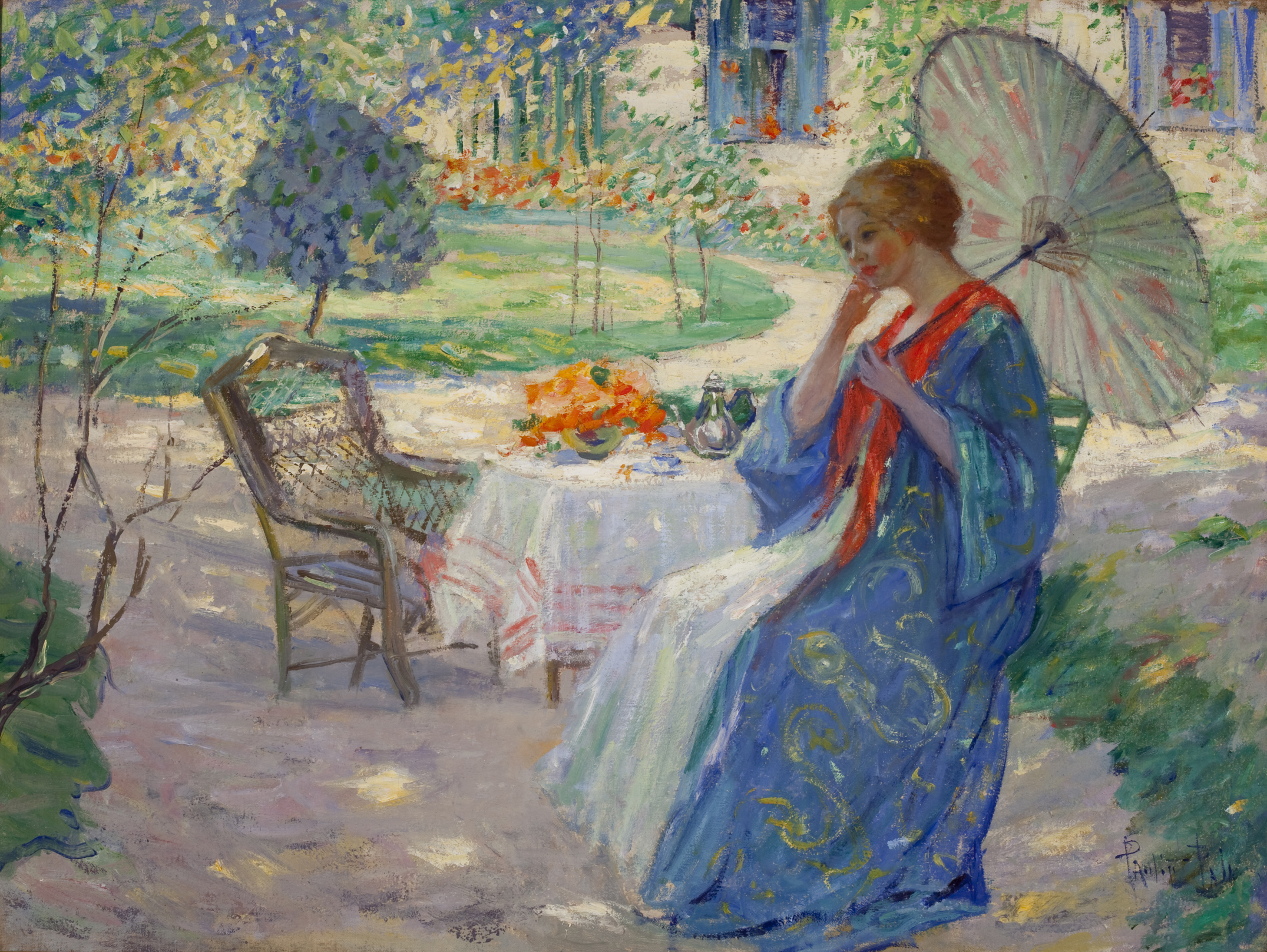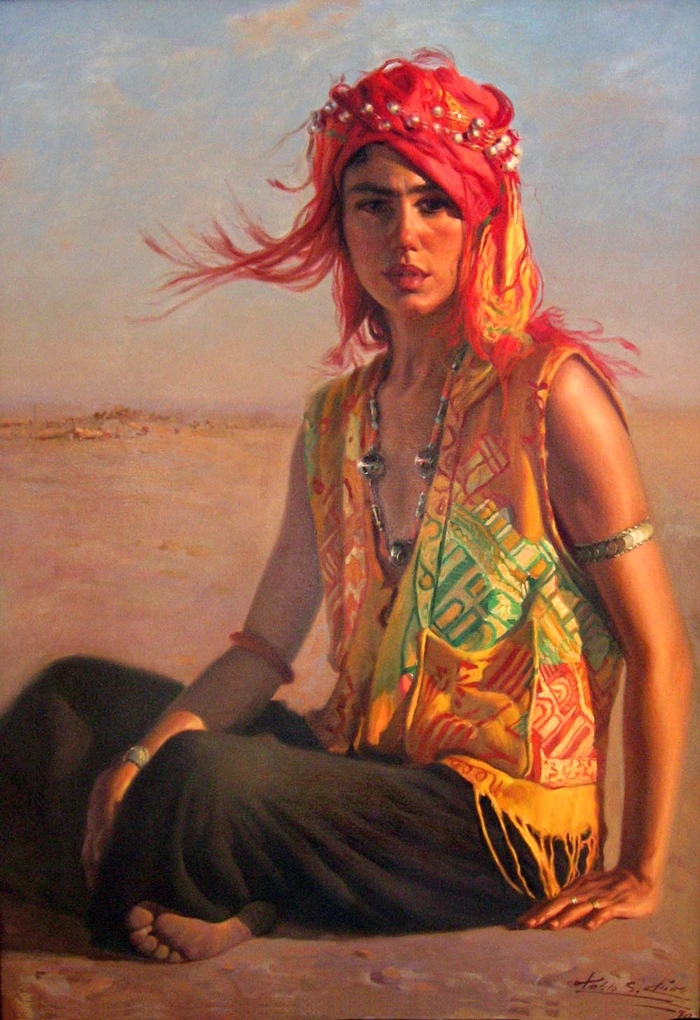Pauline Lennards Palmer was an American artist based in Chicago. She is counted among Impressionism.
Early life
Pauline Lennards was born in McHenry, Illinois, the daughter of Nicholas Lennards, a merchant, and Frances Spanganacher Lennards. Her parents were both immigrants from Prussia; she grew up speaking German as her first language.
She studied art at the Art Institute of Chicago, under William Merritt Chase, Frank Duveneck and Kenneth Hayes Miller.
She pursued further training in Paris at Académie Colarossi, the Académie de la Grande Chaumière, and with Paris-based American painter Richard E. Miller.















.jpg)
.jpg)